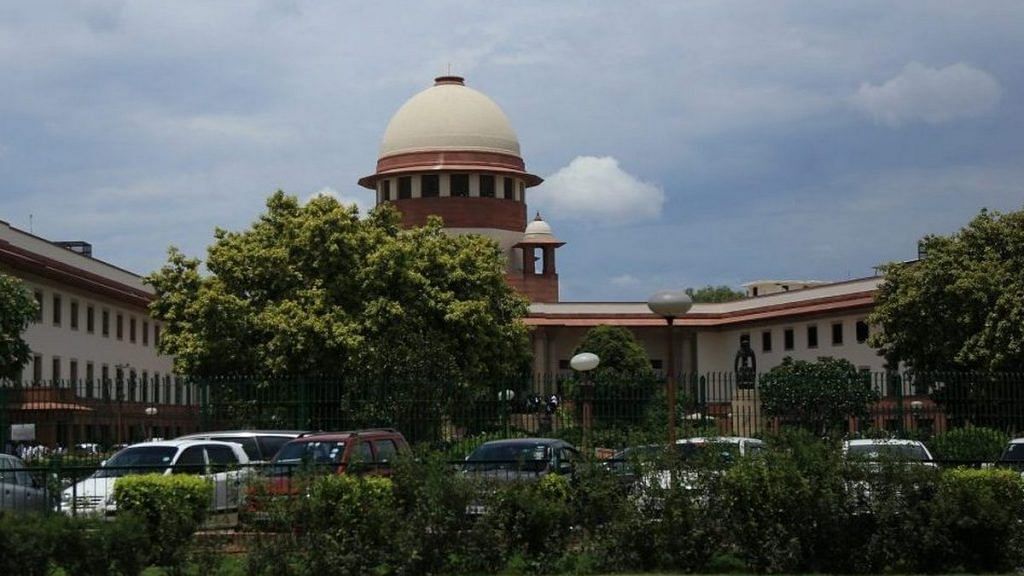Two instances of high profile cases last week raise an important question on the manner of expressing dissent in administration and the judiciary. Election Commissioner Ashok Lavasa dissented against the Election Commission’s clean chits to Prime Minister Narendra Modi and BJP president Amit Shah on model code violations. Later, Justice DY Chandrachud is reported to have expressed his concerns over the way the inquiry has been conducted into the allegations of sexual harassment against CJI Ranjan Gogoi.
The occurrences raise the following questions surrounding the idea of dissent and the manner in which dissent is expressed: Is there dissent in the bureaucratic domain? Should there be a public display of dissent?
The debate on dissent so far has involved cases where the dissenting individual(s) enjoyed the same status as others but held a different view from the majority. However, dissent also takes place in hierarchical structures, like in the bureaucracy. This form of dissent is becoming increasingly rare on account of the risks associated when such dissent is expressed.
Dissent by judges
The lone dissenting voice in the Bhima Koregaon case in September last year, Justice D Y Chandrachud had clearly articulated the need for dissent in his judgement: “Dissent is a symbol of vibrant democracy”. It is indeed. Democracy thrives on difference of opinion. Debates are the essence of democracy. There can’t be a debate if everyone agrees on an issue.
Also read: An ex-IAS officer on how politicians (mis)use civil servants—and the way out
The purpose of dissent was succinctly brought out by Justice H R Khanna in 1976 in the ADM Jabalpur vs Shivkant Shukla case against several high court rulings that had freed people jailed after the Emergency was imposed by the Indira Gandhi government. As her government moved the Supreme Court challenging the high courts’ decisions to hear the writs of habeas corpus, the argument became about whether the right to approach the court for enforcement of fundamental rights was suspended during the Emergency, and whether the courts should have heard the people’s pleas in the first place.
Justice Khanna, while dissenting with the majority, said: “A dissent in a court of last resort is an appeal to the brooding spirit of the law, to the intelligence of a future day when a later discussion may possibly correct the errors into which the dissenting judge believes the court to have been betrayed”.
Ultimately, what Justice Khanna stood for became the law. Dissent brings forth certain aspects of an issue that may not be held to be valid by majority at a particular point in time but keeps the door open for wisdom dawning at some later date.
Dissent by ‘unequal’
As pointed out, dissent thrives or is able to hold its position when it is voiced by the ‘equals’. In a hierarchical structure, the dissent doesn’t usually come out except through an inquiry/investigation or in a post-retirement memoir. The risks entailed in dissenting in a hierarchical structure are much more because the superior authority can hold such a dissent against the civil servant and penalise him/her through adverse mention in the Annual Confidential Report, or through transfer to a “punishment” post and other such ways. But dissent does take place in hierarchical structures as well.
Also read: Midnight orders and hurried transfers: Where Modi govt is going wrong with IAS officers
In 2003, while posted in Uttar Pradesh as secretary in the horticulture department, I got a cryptic written order from the horticulture minister to suspend a deputy director. Under the rules, the minister had the power to suspend this officer. However, the directive did not list out any reason for his suspension. The concerned officer was not only efficient but enjoyed the reputation of being honest. An informal inquiry revealed that the minister was seeking certain “favours” from the officer, who had expressed his inability to comply. Hence, a directive was issued to suspend him.
This was the prevalent strategy in the state to browbeat the civil servants. The option before me was either to comply with the orders or face the consequences myself. Using a particular provision relating to procedures, I sent a dissenting note to the chief secretary for onward transmission to the minister. The chief secretary chose to sit on the file (red tape can be beneficial on occasions) and the minister could not muster the courage to speak to the chief secretary.
Hence, despite a written directive, the suspension order against the officer was not issued. The horticulture minister, however, did manage to speak to the chief minister in a different context and got me transferred. It didn’t make much difference to me as, for me, “transfer, like death, was inevitable” (Not Just A Civil Servant). I was born again and continued to commit the same “crimes”.
Also read: User-friendly doormats to safe players: The many types of public servants in India
So, dissent does happen in a number of domains and it should happen in a vibrant democracy. However, whether there should be a public display of dissent is a moot point.
The developments involving the CBI director and the special CBI director a few months ago or the press conference held by four senior-most judges of the Supreme Court early last year brings disrepute to the concerned institutions. It may be a “sacrilege” to advise the honourable judges because only they decide what is right and what is wrong. But as far as other institutions are concerned, they would best be advised not to resort to a public spat. There are honourable ways of settling a dispute.
The author is a retired civil servant and former secretary in the government of India. Views are personal.
